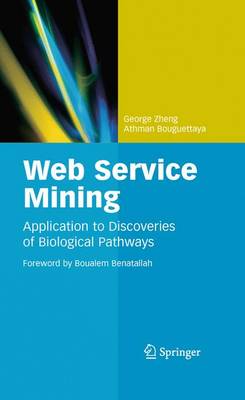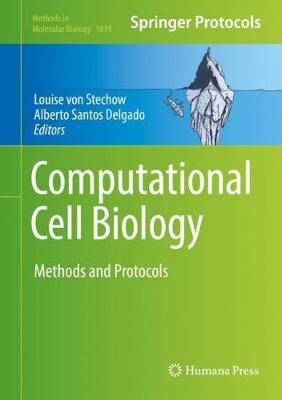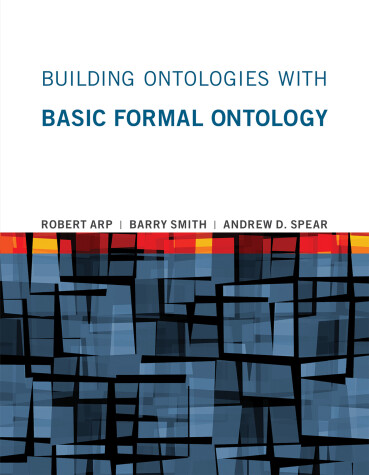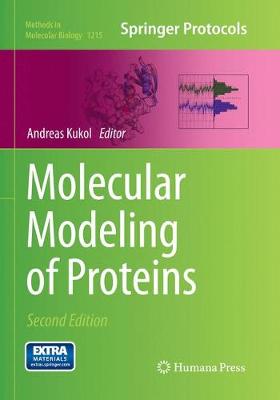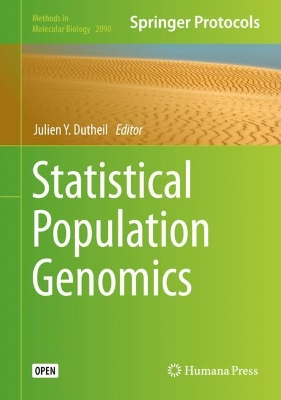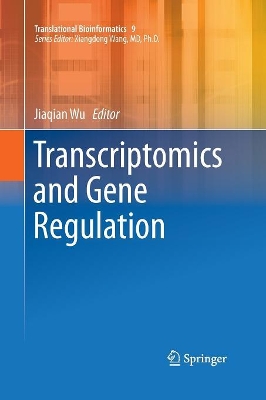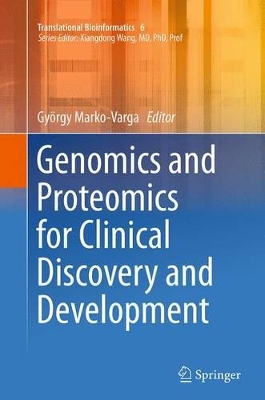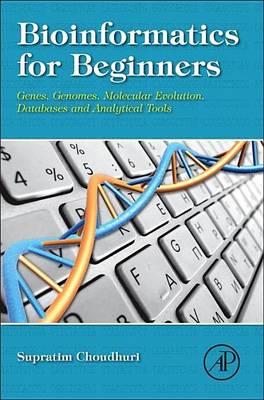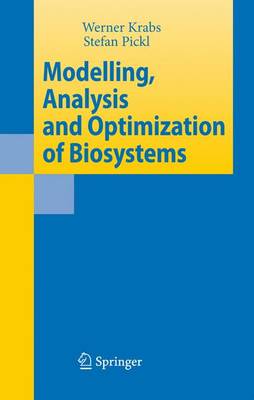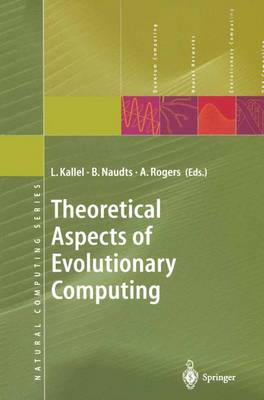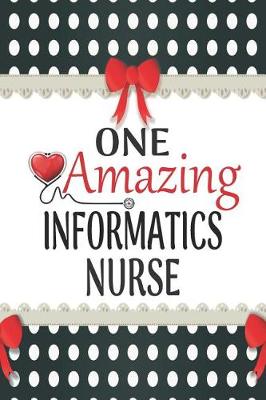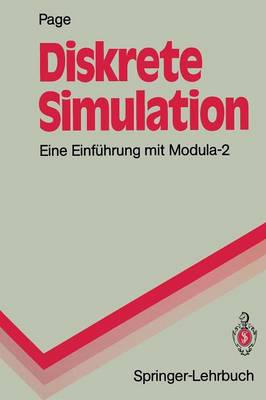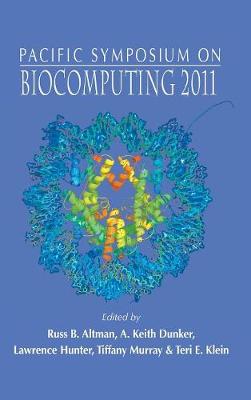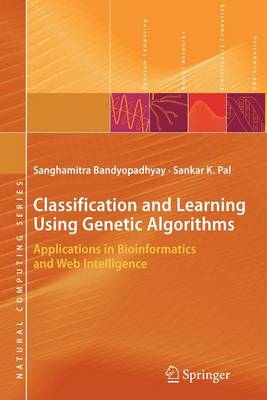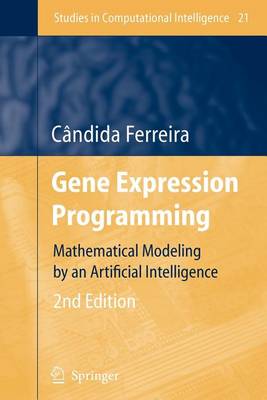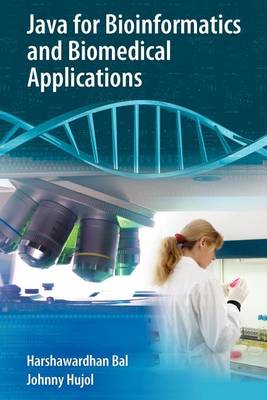The new computing environment enabled by advances in service oriented arc- tectures, mashups, and cloud computing will consist of service spaces comprising data, applications, infrastructure resources distributed over the Web. This envir- ment embraces a holistic paradigm in which users, services, and resources establish on-demand interactions, possibly in real-time, to realise useful experiences. Such interactions obtain relevant services that are targeted to the time and place of the user requ...
Computational Cell Biology (Methods in Molecular Biology, #1819)
This volume details computational techniques for analyses of a wide range of biological contexts, providing an overview of the most up-to-date techniques used in the field. Chapters guide the reader through available data resources and analysis methods and easy-to-follow protocols that allow the researcher to apply various computational tools to an array of different data types. Written in the highly successful Methods in Molecular Biology series format, chapters include introductions to their r...
The IDEAL conference boast a vibrant and successful history dating back to 1998, th and this edition marked the 10 anniversary, an important milestone demonstrating the increasing popularity and high quality of the IDEAL conferences. Burgos, the capital of medieval Spain and a lively city today, was a perfect venue to celebrate such an occasion. The conference has become a unique, established and broad int- disciplinary forum for researchers and practitioners in many fields to interact with each...
Building Ontologies with Basic Formal Ontology
by Robert Arp, Barry Smith, and Andrew D. Spear
An introduction to the field of applied ontology with examples derived particularly from biomedicine, covering theoretical components, design practices, and practical applications.In the era of “big data,” science is increasingly information driven, and the potential for computers to store, manage, and integrate massive amounts of data has given rise to such new disciplinary fields as biomedical informatics. Applied ontology offers a strategy for the organization of scientific information in com...
In recent years the importance of adjuvants for optimising the activity of agrochemicals has become increasingly recognized. This book is aimed at accumulating the current knowledge of the interactions between adjuvants, agrochemicals and target organisms. It provides results, and ideas for future research and defines new methodological, biomechanistic and systematic approaches which can be implemented to streamline research and development of formulations and adjuvant/active ingredient combinat...
Serum/Plasma Proteomics (Methods in Molecular Biology, #1619)
Over the past decade, there has been an increase in powerful proteomics technologies that allow greater fundamental insights into the blood proteome. Further developments in informatic analyses, software developments, and computational tools are providing insights into large data sets, open-source data along with large-scale application of bioinformatics. Serum/Plasma Proteomics: Methods and Protocols, Second Edition is a comprehensive resource of protocols for areas, pre-analytical through to a...
Molecular Modeling of Proteins (Methods in Molecular Biology, #443)
Molecular Modeling of Proteins, Second Edition provides a theoretical background of various methods available and enables non-specialists to apply methods to their problems by including updated chapters and new material not covered in the first edition. This detailed volume opens by featuring classical and advanced simulation methods as well as methods to set-up complex systems such as lipid membranes and membrane proteins and continues with chapters devoted to the simulation and analysis of con...
Statistical Population Genomics (Methods in Molecular Biology, #2090)
This open access volume presents state-of-the-art inference methods in population genomics, focusing on data analysis based on rigorous statistical techniques. After introducing general concepts related to the biology of genomes and their evolution, the book covers state-of-the-art methods for the analysis of genomes in populations, including demography inference, population structure analysis and detection of selection, using both model-based inference and simulation procedures. Last but not le...
Transcriptomics and Gene Regulation (Translational Bioinformatics, #9)
This volume focuses on modern computational and statistical tools for translational gene expression and regulation research to improve prognosis, diagnostics, prediction of severity, and therapies for human diseases. It introduces some of state of the art technologies as well as computational and statistical tools for translational bioinformatics in the areas of gene transcription and regulation, including the tools for next generation sequencing analyses, alternative spicing, the modeling o...
Genomics and Proteomics for Clinical Discovery and Development (Translational Bioinformatics, #6)
The book is intended to be a resource for students as well as scientists in education and for the general public to learn about proteomics and genomics. Chromosomes form the basis for our genetic heritage and are the code for protein synthesis. The Human Genome Map came out in 2002, and the Proteome Sequence Map is under currently being created by a global consortia initiative. Proteome and genome building blocks already form the basis of scientific research areas as well as large parts of the p...
Bioinformatics for Beginners: Genes, Genomes, Molecular Evolution, Databases and Analytical Tools provides a coherent and friendly treatment of bioinformatics for any student or scientist within biology who has not routinely performed bioinformatic analysis. The book discusses the relevant principles needed to understand the theoretical underpinnings of bioinformatic analysis and demonstrates, with examples, targeted analysis using freely available web-based software and publicly available dat...
Modelling, Analysis and Optimization of Biosystems
by Werner Krabs and Stefan Pickl
In general, several mathematical models can be designed in order to describe a biological or medical process and there is no unique criterion which model gives the best description. This book presents several of these models and shows applications of them to different biological and medical problems. The book shows that operations research expertise is necessary in respect to modeling, analysis and optimization of biosystems.
During the first week of September 1999, the Second EvoNet Summer School on Theoretical Aspects of Evolutionary Computing was held at the Middelheim cam pus of the University of Antwerp, Belgium. Originally intended as a small get together of PhD students interested in the theory of evolutionary computing, the summer school grew to become a successful combination of a four-day workshop with over twenty researchers in the field and a two-day lecture series open to a wider audience. This book is...
One Amazing Informatics Nurse (World's Best Nurses, #35)
by Elena Bourdeaux
Dieses Lehrbuch vermittelt die Grundlagen von Entwurf, Implementierung und Validierung zeitdiskreter Simulationsmodelle sowie der statistischen Ergebnisauswertung und gibt einen UEberblick uber moderne Simulationssoftware sowie neuere Ansatze der Modellbildung und Simulation, speziell aus dem Bereich Kunstliche Intelligenz. Mit Beispielen zur Simulation von Bedienungs-/Wartesystemen, Lagerhaltungssystemen und allgemein stoerungsanfalligen Systemen werden die wesentlichen Anwendungsbereiche diskr...
Biocomputing 2011 - Proceedings Of The Pacific Symposium
The Pacific Symposium on Biocomputing (PSB) 2011 is an international, multidisciplinary conference for the presentation and discussion of current research in the theory and application of computational methods in problems of biological significance. Presentations are rigorously peer reviewed and are published in an archival proceedings volume. PSB 2011 will be held on January 3 - 7, 2011 in Kohala Coast, Hawaii. Tutorials and workshops will be offered prior to the start of the conference.PSB 201...
Frontiers in Algorithmics (Theoretical Computer Science and General Issues, #4613)
This book constitutes the refereed proceedings of the First Annual International Frontiers of Algorithmics Workshop, FAW 2007, held in Lanzhou, China in August 2007. Topics covered in the papers include bioinformatics, discrete structures, geometric information processing and communication, games and incentive analysis, graph algorithms, internet algorithms and protocols, and algorithms in medical applications.
Classification and Learning Using Genetic Algorithms (Natural Computing)
by Sanghamitra Bandyopadhyay and Sankar Kumar Pal
This book provides a unified framework that describes how genetic learning can be used to design pattern recognition and learning systems. It examines how a search technique, the genetic algorithm, can be used for pattern classification mainly through approximating decision boundaries. Coverage also demonstrates the effectiveness of the genetic classifiers vis-a-vis several widely used classifiers, including neural networks.
Gene Expression Programming (Studies in Computational Intelligence, #21)
by Candida Ferreira
This book describes the basic ideas of gene expression programming (GEP) and numerous modifications to this powerful new algorithm. It provides all the implementation details of GEP so that anyone with elementary programming skills will be able to implement it themselves. The book includes a self-contained introduction to this new exciting field of computational intelligence. This second edition has been revised and extended with five new chapters.
Java for Bioinformatics and Biomedical Applications
by Harshawardhan Bal and Johnny Hujol
Cellular Automata (Lecture Notes in Computer Science, #4173) (Theoretical Computer Science and General Issues, #4173)
This book constitutes the refereed proceedings of the 7th International Conference on Cellular Automata for Research and Industry, ACRI 2006. The book presents 53 revised full papers and 19 revised poster papers together with 6 invited lectures. Topical sections include CA theory and implementation, computational theory, population dynamics, physical modeling, urban, environmental and social modeling, traffic and boolean networks, multi-agents and robotics, as well as crowds and cellular automat...
